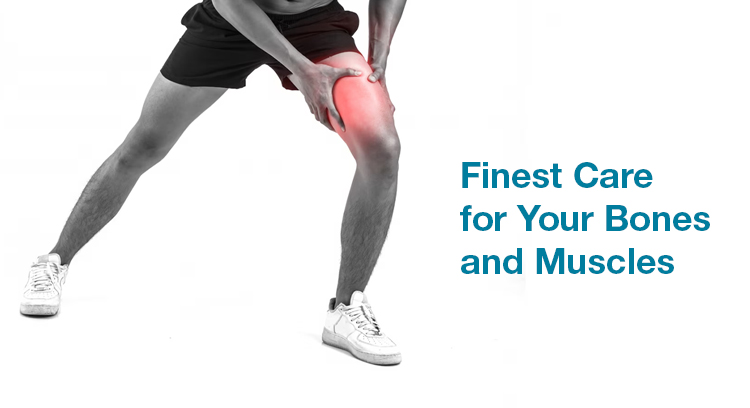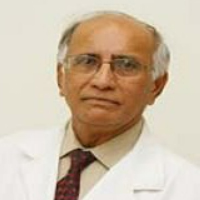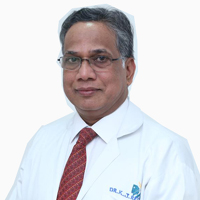Osteochondral Autograft Transfer System
Osteochondral defects or damage to both bone and cartilage can occur following a knee injury or due to an underlying bone disorder. Individuals with this condition usually experience pain during weight-bearing activities, along with swelling, knee joint instability, reduced range of motion, and an inability to fully extend or flex the knee joint.
At Apollo Hospitals, Jubilee Hills, Hyderabad, our esteemed orthopaedic surgeons are proficient in performing OATS procedure with great precision. It offers a solution for such patients and is performed using arthroscopic techniques.
How is the OATS procedure done?
In this procedure, a special device is employed to create a core in the damaged cartilage region. A small portion of healthy cartilage from a non-weight-bearing area is extracted and placed into the damaged cartilage area. Following the surgery, patients are advised to rest for 4-6 weeks and can gradually return to their regular activities upon recovery. This method is typically recommended for individuals under 50 years of age with minimal cartilage loss.
Benefits of OATS
- The OATS procedure is a straightforward and low-risk surgery.
- Faster healing times compared to traditional techniques.
- Less pain and swelling in the aftermath compared to those undergoing traditional surgeries.
- Enhanced mobility and functionality during the recovery phase for patients.
- Many individuals express increased confidence and self-assurance during recovery following an OATS procedure as opposed to traditional surgeries.
How is the recovery process after OATS?
- Osteochondral autologous transfer surgery (OATS) usually allows patients to return home on the day of the procedure.
- Recovery duration depends on the injury’s location and severity.
- Most patients can resume regular activities within four to six weeks.
- They must maintain cleanliness and dryness around the surgical area in the initial days.
- Surgeon-prescribed pain medication and antibiotics are crucial during this period.
- Crutches or a knee scooter are recommended to keep weight off the injured joint.
- As healing progresses, physical therapy is often recommended to regain strength and joint range of motion.
- Many patients can resume regular activities, including sports, within four to six weeks.
- Complete joint healing may take up to a year, emphasising the importance of ongoing post-operative care and adherence to prescribed measures.
OATS Success Stories OATS Success Stories
https://www.youtube.com/watch?v=YWNNjduq8Bw




